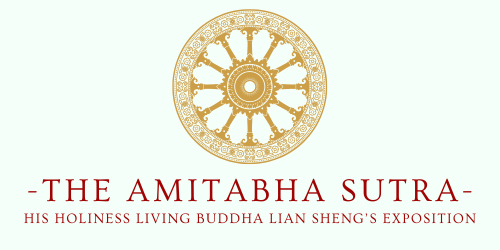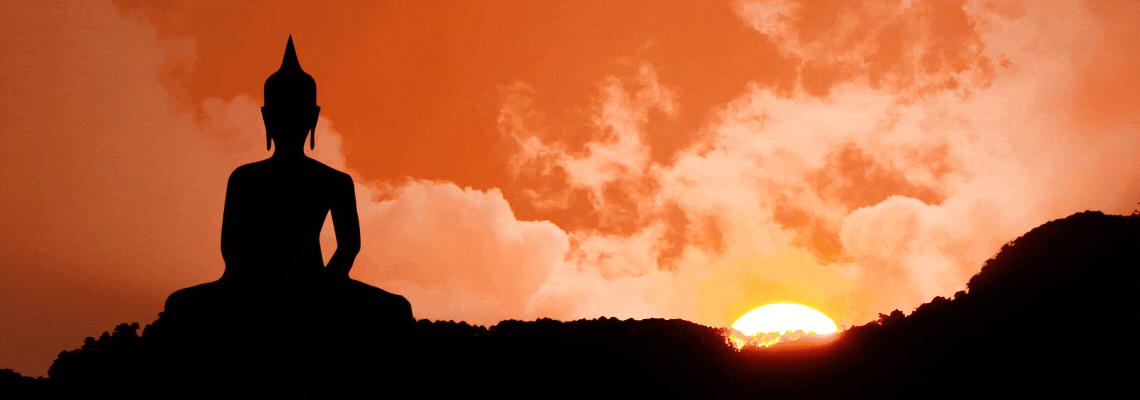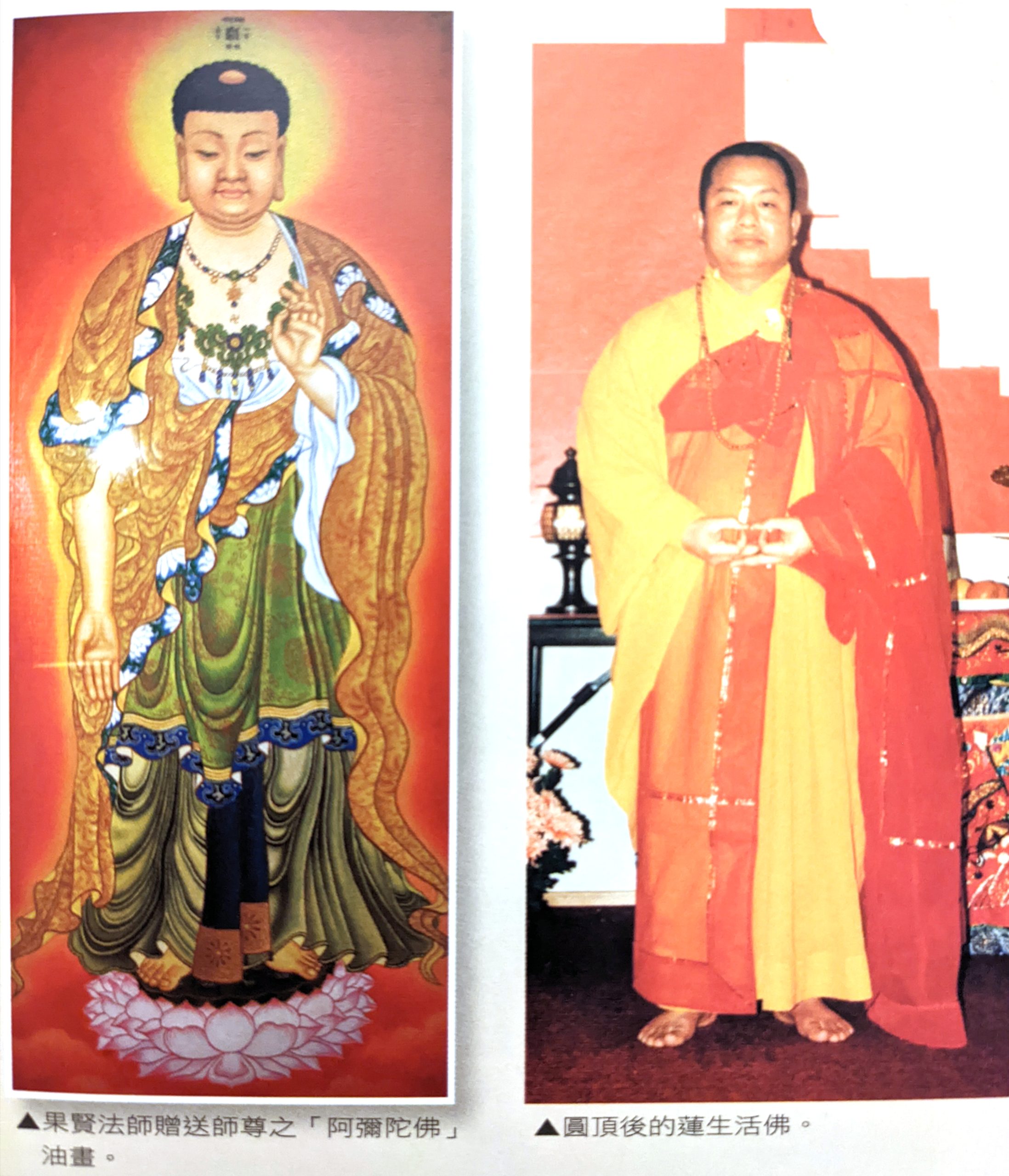

In the Year of the Fire Rabbit, 1987 till the Year of the Earth Dragon, 1988, at Seattle Lei Tsang Temple, surrounded by an audience of masters, monks and householders, His Holiness Living Buddha Lian Sheng gave a series of extraordinary discourses.
The Amitabha Sutra (or the Sukhāvatīvyūha Sūtra in Sanskrit) was a pivotal teaching for Shakyamuni Buddha. His sutra are traditionally grouped into two categories:
Sutras of worldly dharmas – the Golden Light Sutra, the Mahamayuri Sutra, the Mahasutra “On Entering The Town Of Vaisali” and many others belong to this group which teach how to live in the world and cultivate the conditions favourable for enlightenment such as peace, longevity, sufficient resources, freedom from hostile entities
Sutras of the Ultimate Truth – the Heart Sutra, the Vajra Sutra, the Perfection Of Wisdom series of Prajnaparamita sutras, the Vimalakirti Sutra and so on teach the highest non-dual wisdom needed to reach Buddhahood and become permanently free from Samsaric afflictions
The Amitabha Sutra is unusual in that doesn’t fall neatly into either category. It teaches a method of escaping Samsara without having reached full buddhahood in this lifetime, so one can say that it is an expedient shortcut or backdoor that shaves countless lifetimes of effort off of the time needed to escape suffering and attain permanent happiness.
Due to this unique characteristic, entire schools of Buddhism have grown up around this teaching. Today, Pureland Sect Buddhism, which focuses on attaining rebirth in the Western Purelands as quickly as possible through reliance upon Amitabha Buddha as taught in the Amitabha Sutra, has become a major part of Mahayana Buddhism.
Of the four big schools of Buddhism emerging out of Taiwan after World War Two, Tzu Chi, Fo Guang Shan, Dharma Drum Mountain, and Chung Tai Shan, all were influenced by the Pureland Sect tradition. In addition, True Buddha School, Taiwan’s major Vajrayana sect, also includes the practices of Pureland Sect amongst its liturgies, placing nianfo alongside tantric methods.
True Buddha School’s founder, His Holiness Living Buddha Lian Sheng first took refuge in Pureland Sect, learning from the brightest lights of Taiwan’s teachers in the last century including Venerable Master Yinshun (印順導師), Venerable Master Leguo (樂果法師), and Venerable Master Dao’an (道安法師) as well as receiving teachings from Elder Li Bing-nan (李炳南居士). Later, he progressed into the Tantric teachings, attained full enlightenment in this lifetime and synthesized the various systems into one coherent practice that was perfect for the modern age.

In the Tantric tradition, it is customary to recognise both the original heavenly source of a great master and their various reincarnations here on earth. His Holiness Living Buddha Lian Sheng is recognised as an emanation of Amitabha Buddha himself and a reincarnation of Shariputra, the foremost disciple mentioned in the Amitabha Sutra. This combination of past life experience together with origin makes him ideally suited to expound upon the Amitabha Sutra, and yet with his typical humility, His Holiness Living Buddha Lian Sheng chose not to expound upon it directly. Rather, he pays homage to his teachers by giving commentary upon Reverend Leguo’s Essential Explanation of the Amitabha Sutra, a book compiled from Leguo’s years of talks.
The result is a rich, illuminating insight into these essential practices. Whilst True Buddha School teaches the methods necessary to do what Shakyamuni did and transform into a Buddha whilst alive, all students should also have a sound knowledge of the Pureland Sect system for there is no contradiction between it and the Tantric teachings. It has many excellent expedient means, and if one finds oneself near the end of one’s life without yet having attained realisation, these methods are one of the best reliances for escaping Samsara when one is without time to cultivate for years.